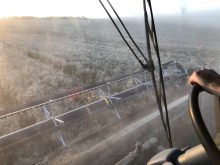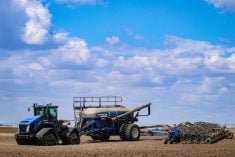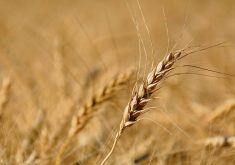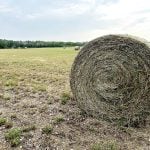Chicago | Reuters –– The first freeze of the season hit the northern U.S. Midwest corn and soybean belt over the weekend, but the weather did not stay cold long enough to cause major damage to crops, agricultural meteorologists said on Monday.
“There was some frost and a few light freezes but nothing that was permanently damaging,” said Drew Lerner, president of World Weather Inc.
“No production cuts will come from this,” he said, “but there may be some quality declines in some of the more significantly frost-impacted crops.”
Read Also
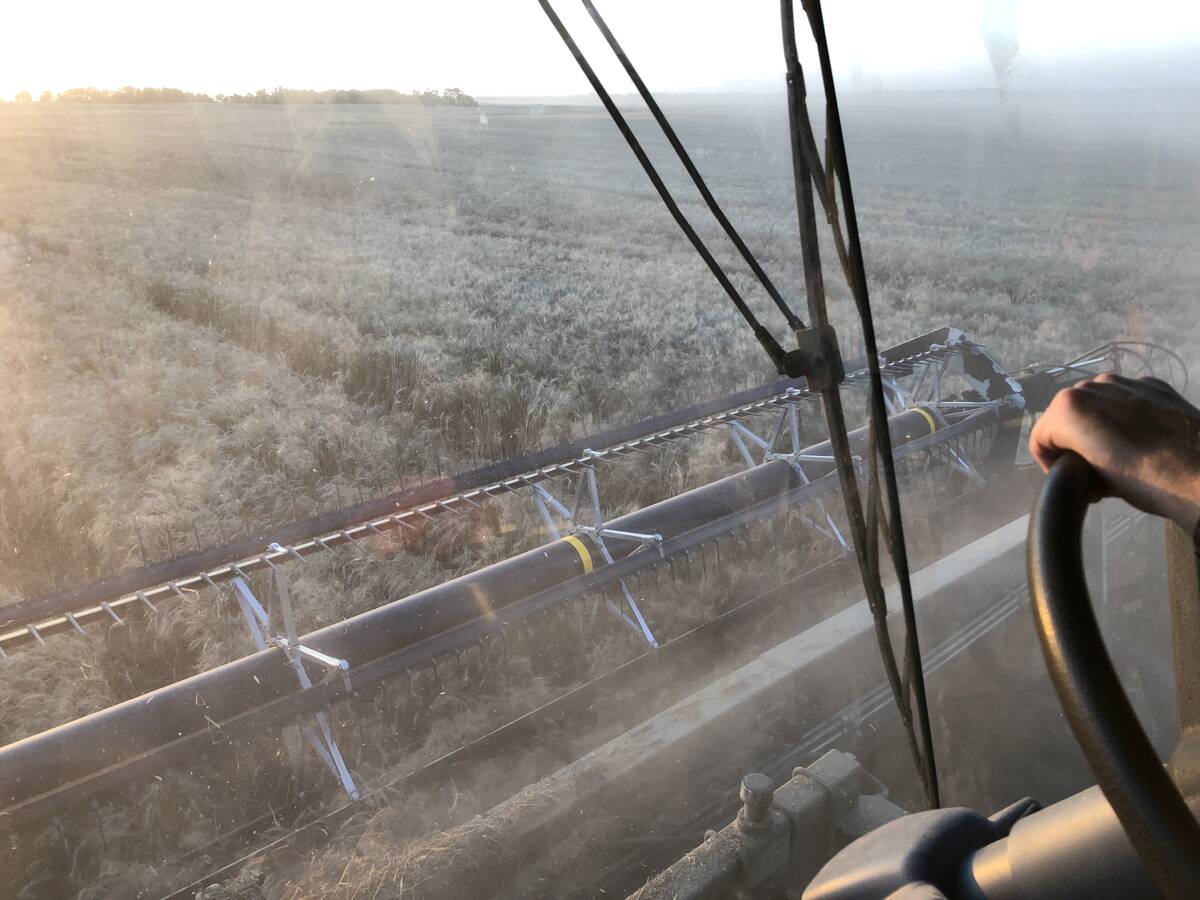
Mail strike disrupts grain sample delivery
The Canadian Grain Commission has asked farmers to consider delivering harvest samples directly to CGC offices, services centres or approved drop offs as Canada Post strike delays mail.
Crop specialists remain concerned about freezing temperatures in the northern states as corn and soybeans are at least two weeks behind in development due to late planting and a cool summer. A freeze could take the top edge off this year’s projected record-large harvest and reduce crop quality.
Saturday was the coldest morning, with temperatures dipping to below freezing at -4 to -2 C in northern Minnesota and northern Wisconsin, which are not major crop regions. However, the big corn and soybean areas of the eastern Dakotas, eastern Nebraska, north central Iowa and south central Minnesota had temperatures in the low 30s F (-1 C to 1 C).
“It would have to get to 28 F (-2.2 C) or below to cause any major damage to the beans, and the areas that saw those temperatures were in far northern Minnesota,” said Don Keeney, a senior agricultural meteorologist with MDA Weather Services.
The northern Plains had their first freeze of the season on Friday morning, but it was only in pockets of the belt, limiting damage to immature crops.
It takes several days to assess crop damage after an early freeze hits a field, crop specialists say.
A hard freeze is defined as temperatures falling below 28 F for at least a couple of hours. At that point, plants shut down, halting kernel and pod filling. But a mild frost would cut final yields, agronomists say.
The first killing frost in the corn state of Iowa typically comes in mid-October, while the Dakotas, Minnesota and Wisconsin have one a week or two earlier.
Additional frost is forecast for Tuesday morning. The Midwest should then begin warming up gradually, but temperatures will remain below normal.
“The cool weather will slow maturation,” Keeney said, “especially in the areas that are very wet – central and southern Iowa, northwestern Illinois, central and southern Iowa, northwestern Illinois, central Wisconsin, central Minnesota, eastern Nebraska and northeastern Missouri.”
— Christine Stebbins reports on agriculture and ag markets for Reuters from Chicago.


